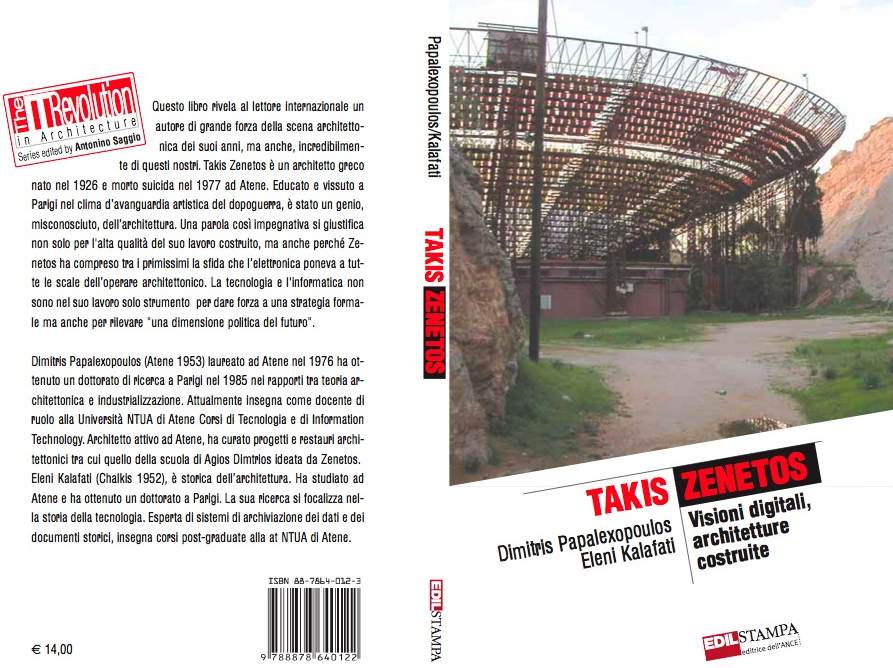Antonino Saggio I Quaderni
General Chairs
Dimitris Papalexopoulos, National Technical University of Athens, Greece
Achilles Kameas, Hellenic Open University and Computer Technology Institute, Greece >

Key Note Speech
Crisis, Modernity and Information Technology >
AS La Sapienza University,
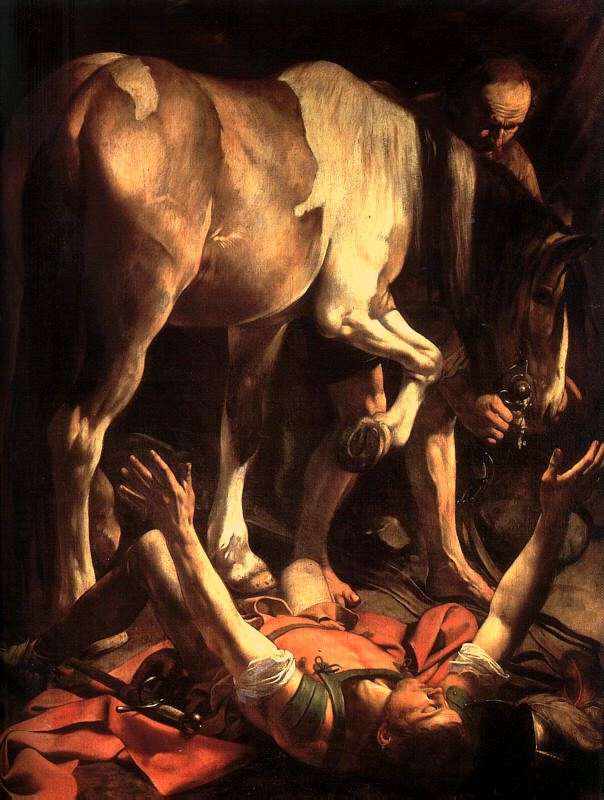
Caravaggio, Conversione di San Paolo cm 230x175; olio su tela; 1600/1601; Roma, Santa Maria del Popolo
Il Gattopardo, Director Luchino Visconti, Goffredo Lomabardo per Titanus 1963 dal volume di Giuseppe Tommasi di Lampedusa
Once Bruno Zevi asked me " Saggio, what is modernity for you? It is 50 years that I am been working on it...". I answered something like "Well is not chronologically determined...". I knew that. He added: "Saggio, modernity is what changes the crisis into value and promotes a new aesthetic". Well, I thought, this is a bomb.
One or two years after this Capuccino conversation (because we had it in the bar close to his house-office), Zevi organized a conference on landscape and architecture and invited me to intervene. During this talk, I recalled the previous dialogue and when I said that "Modernity changes crisis into values" he stopped me and said "But this is not mine". (Zevi was referring to Jean Baudrillard and others thinkers on the same subject matter). This time I answered quite smartly: "Yes, It is not yours, but Duchamp taught us that is the choice which is crucial. And I got through you" 1-1.
So this concept is Zevi's, is Baudrillard's or is it mine? I think instead that is yours. This anti-chronologically idea of Modernity has sense if it is capable of promoting your actions and your creative thinking.
Modernity, therefore, is referred in the context of this session has an intellectual status of attention towards the crisis and problems of different cultural and social situations. The concept can be referred to Paleolithic times as well to contemporary ones and it is a very important idea that structures actions and understanding. Modernity has the inner strength of looking for new directions to address problems and not rely to old models in order to face new situations that needs new efforts and ideas.
The second aspect of this section is addressed to the different contexts within which we can address the world crisis. This session tries to concentrate the attention to those situations and environments for which a creative, motivated and intelligent action can be crucial and necessary. Within this approach we clearly relates Modernity to Crisis. These two words are for us intimately related. The third aspect of the question is the presence of Information Technology. And here IT has a multilayered presence.
From one point of view IT is the "Crisis" of our times because we are living the historical process of transformation from the Industrial Paradigm to an Informational one. This period of changes creates huge problems and at the same immense opportunities.
On the other side, IT is not only the crisis but also a key aspect, nowadays, to provide answers and solutions. This is clear in the presence of IT in so many aspects of human actions. Imagine for example Physics, Medicine, Biology these days "without Information technology"!.
Lastly there is the most difficult aspect of the presence of IT in our time that is aesthetic. By aesthetic, naturally we do not intend "pretty" but the highest, most complex and even contradictory forms of knowledge. "Modernity is what changes the crisis into value and promotes a new aesthetic" So, IT is at same time crisis, solution and search of a new aesthetic. An aesthetic that is capable to reinterpret, with the contradictory and complex tool of art, our new world.
Within this conceptual framework seven papers will be presented in this section. Each one tackles the theme from one points of view.
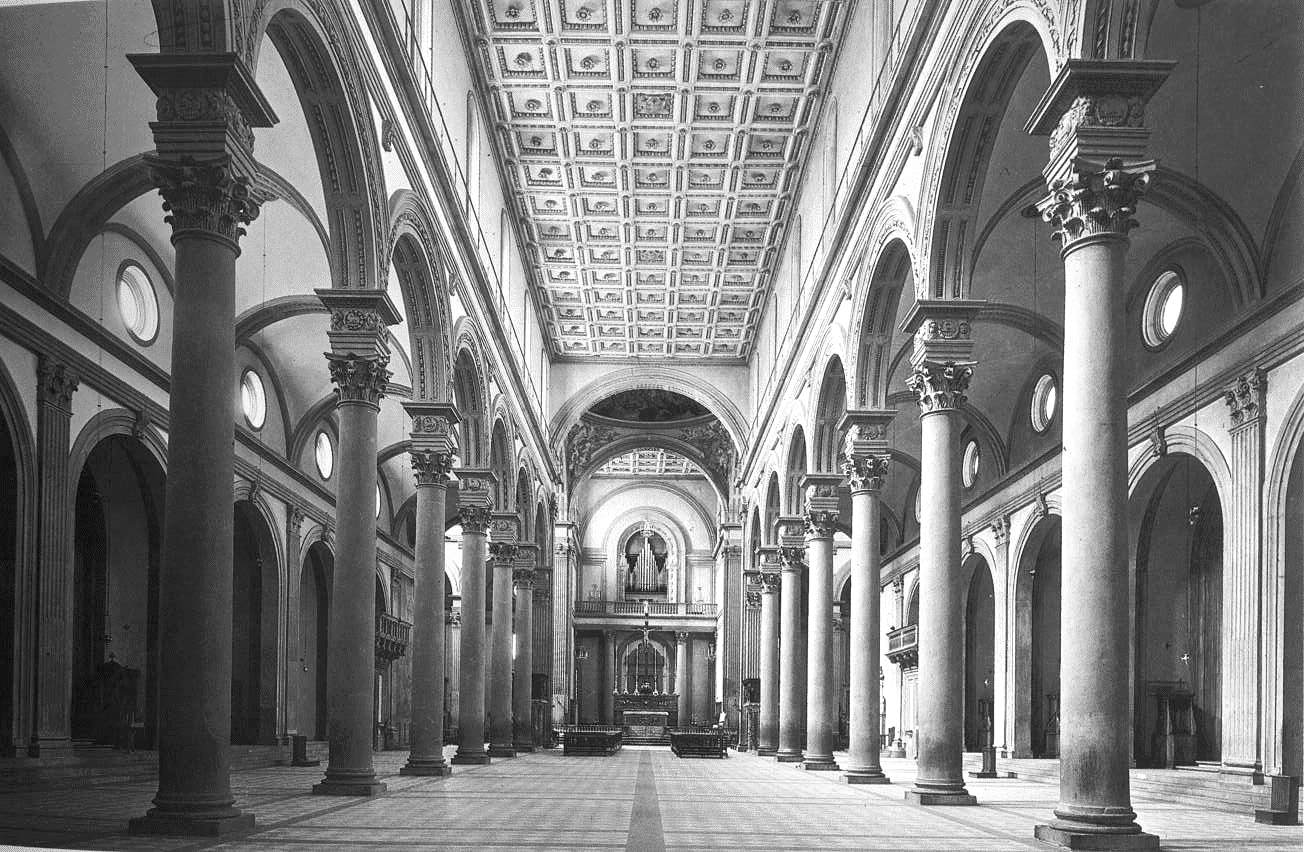


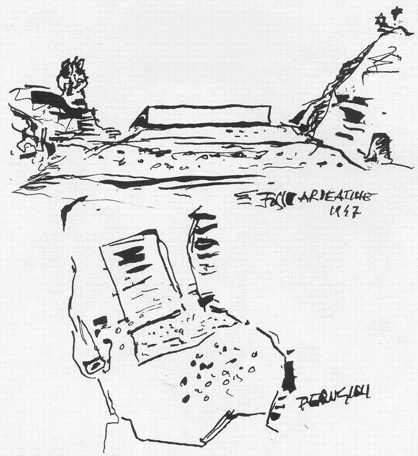
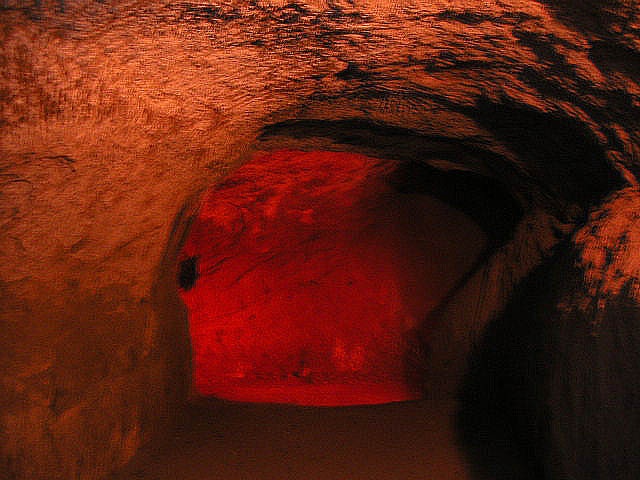
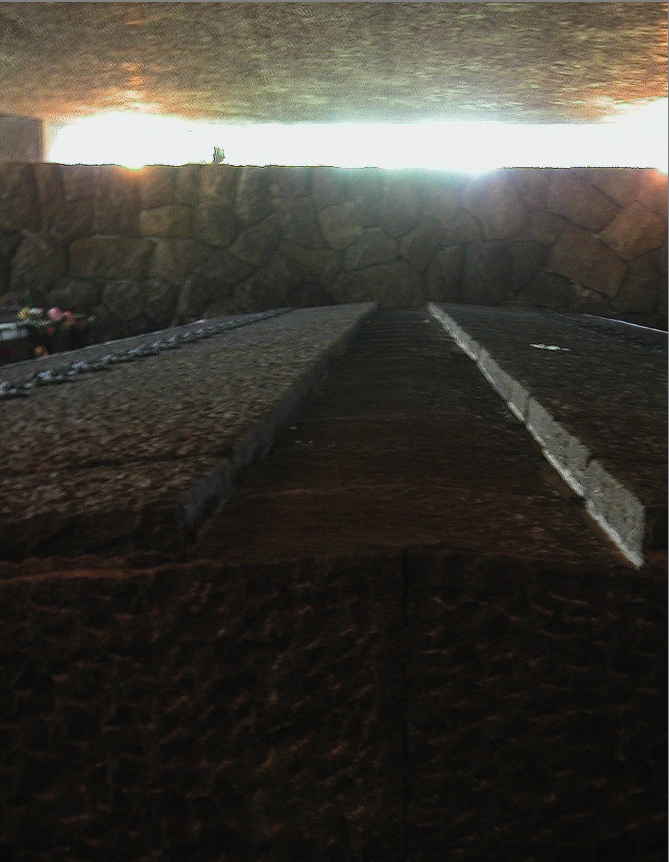
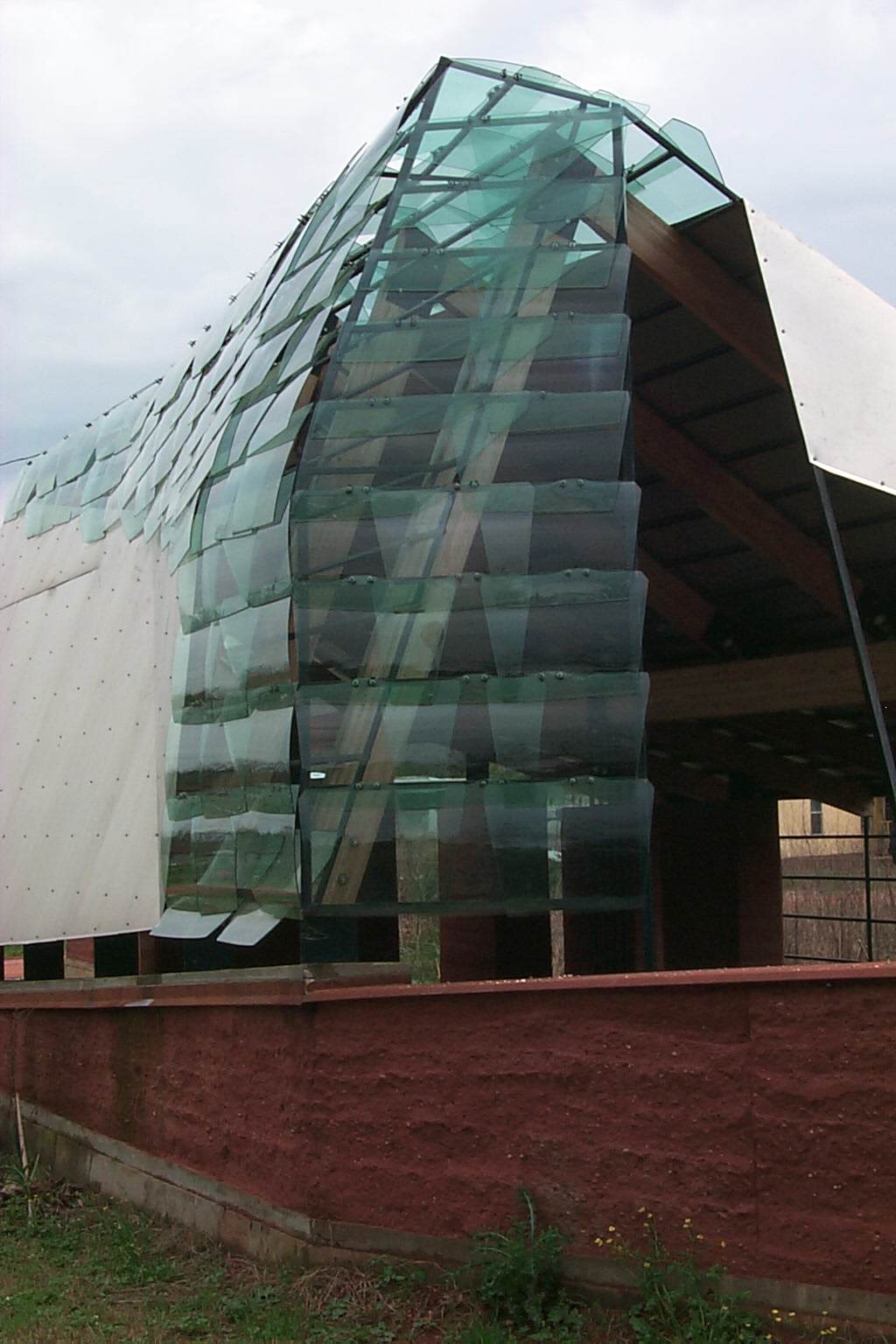
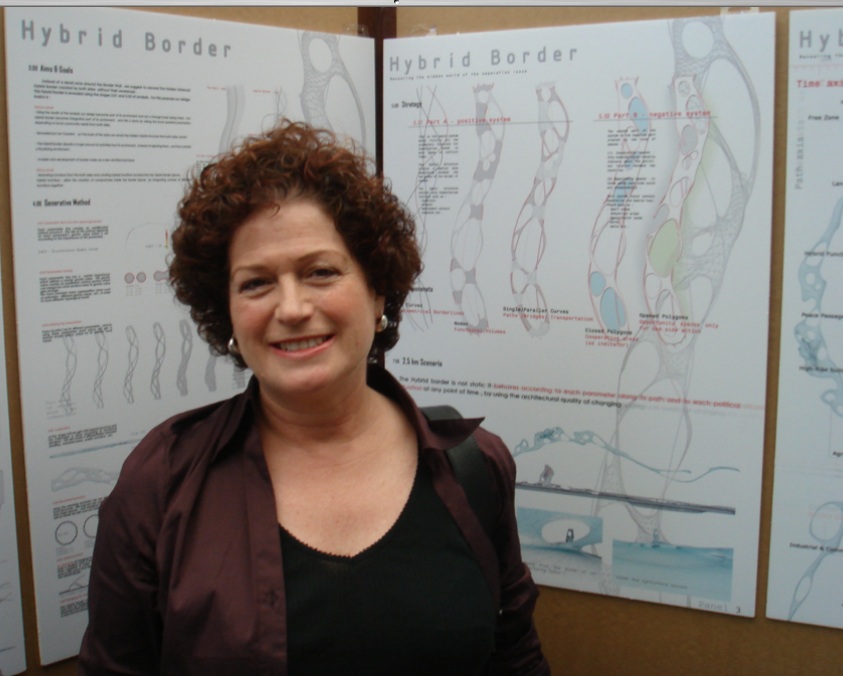
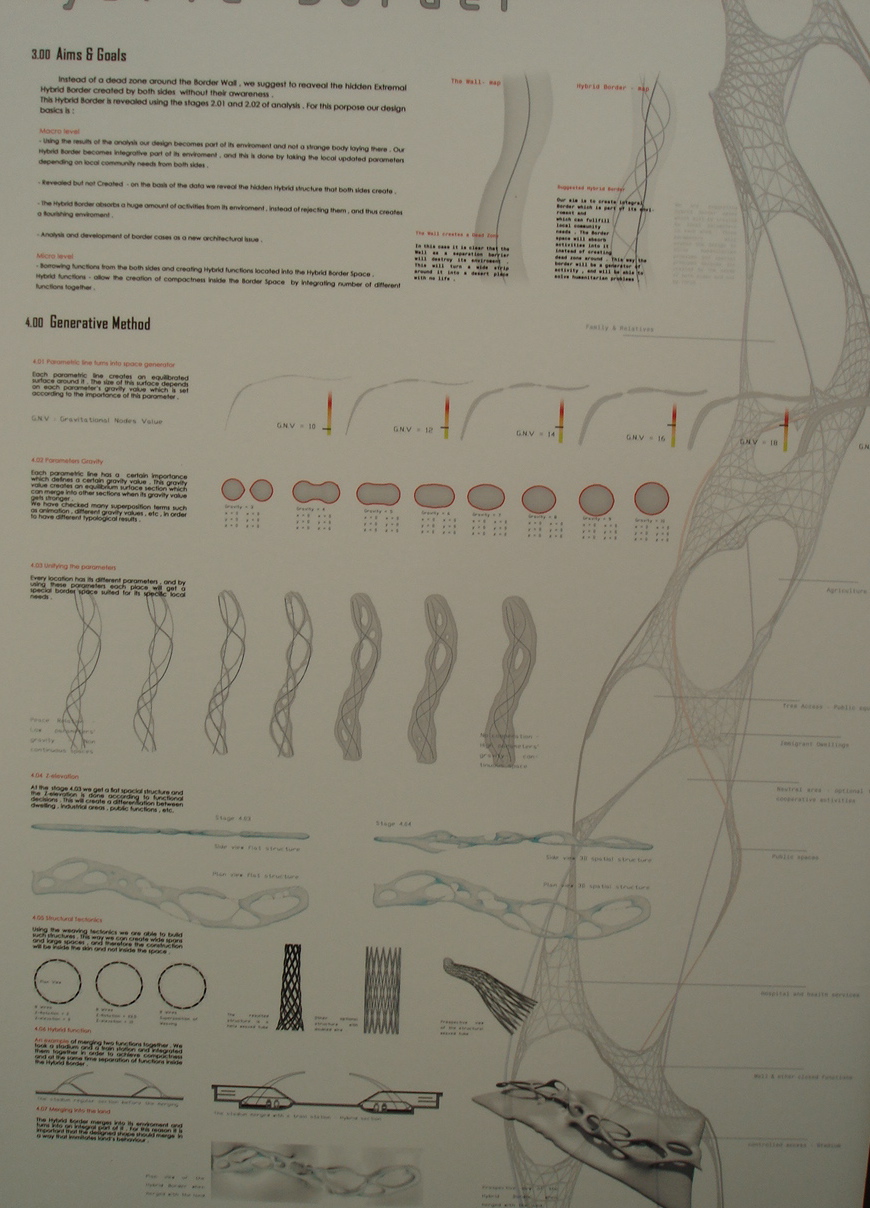
Rivka Oxman and Farah Farah Other friends and researcher on this territory for example
Jean Nouvel, Diller&Scofidio, Toyo Ito and among the young R&Sie(n) , Ian+, Nox, KAs Oosterhuis et al there is this effort towards understanding of the relationship with context and moving in a new direction
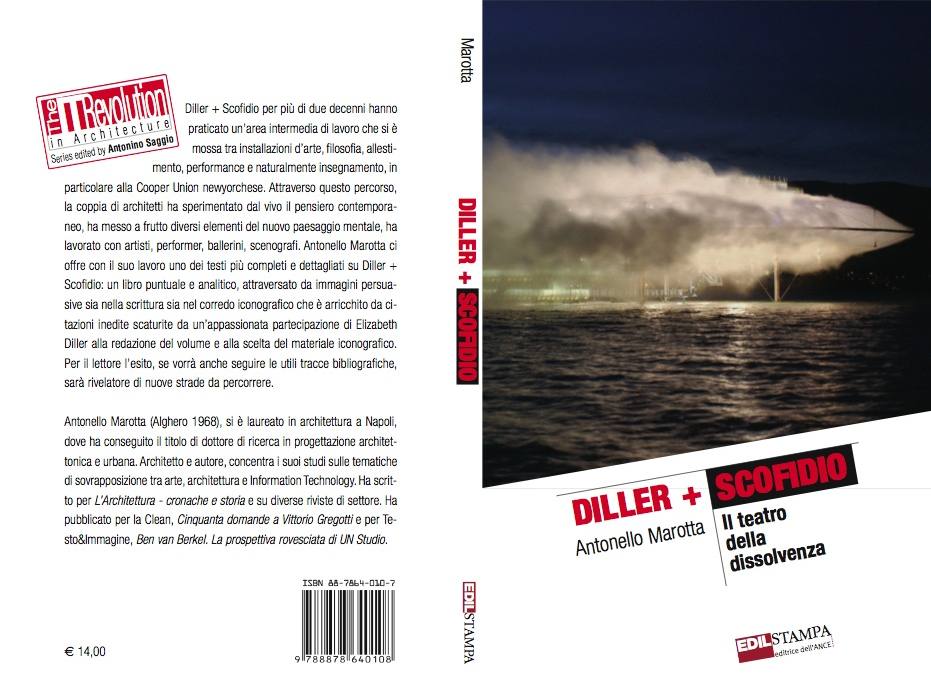
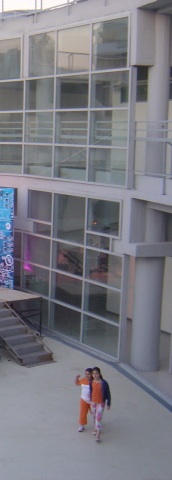
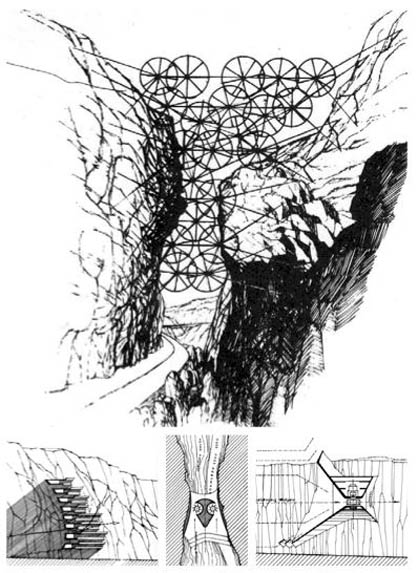
What is happening?
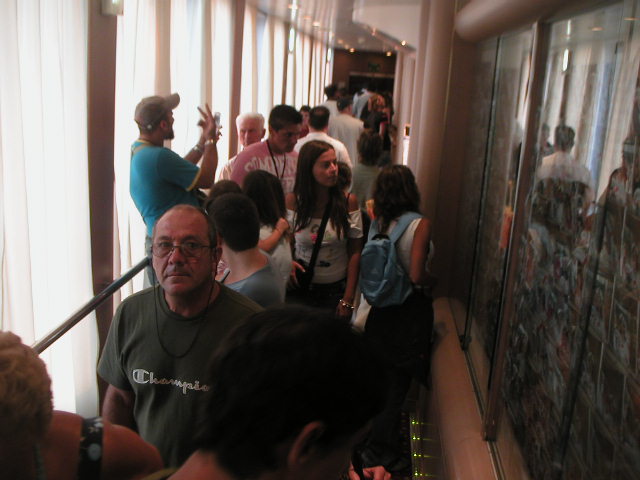
"Reorganise the Forces of Social Fabric" by Fabio Schillaci addresses the issue of what I called years ago New subjectivity in opposition to the "New Objectivity" of the Industrial paradigm. "As architecture is a strong relational media, instead of thinking at homogeneity and standardization, we should think in terms of heterogeneous and non-standard agencies related in a layered whole." Within this approach Fabio Schillaci deals with the modifications of old architectural categories. For example the old idea of "type" is becoming now "a model to personalize, an abstract machine allowing as much flexibility as possible but still keeping customers between the agenciest hat make the house efficient and recognizable."
Amanda Schachter and Alexander Levi in "My 3d Neighbourhood", deal with marginalized neighbourhoods, their perception by youngsters and possible design actions. "Architecture students each work one-on-one with kids in team-pairs to model the sequences and thresholds of the urban space that surrounds them and reaches their doorsteps, revealing and giving form to the problematic neighbourhood and ultimately leading to proposals for vital bottom-up design change that can deeply enrich everyday life".
Poulcheria Tzova in "Takis Zenetos: Digital Vision / Demolished Architecture", studies an important, partially demolished, industrial building in Athens. She proposes a new design intervention with a skin that creates "multifaceted surfaces which are in contrast and at the same time in dialogue, with the clean horizontal and vertical elements of the existing frame". This new skin permeates the interior spaces and creates the bases for installations and pieces of arts constituting a new artificial body which infiltrates the existing fabric. This action represents symbolically and spatially the crisis of the passage between Industrial and Informational paradigms.
"IT and Sustainability. A method for landscape recovery in Abandoned Stone Quarries" by Christian Pongratz addresses the abandoned and wasted part of landscape. The paper shows "digital techniques of the formfinding process (...) that smoothly integrates into its natural environment and interprets with a new sustainable methodology the redevelopment of the fractured landscape"
"Tele-contiguity and Interaction: Architecture as Communication Interface" by Marta Moccia works on the massive presence of video-communication and tele-collaborative. The main concept is that Tele-contiguity is "intended as an improvement of body materiality through sensory amplification and not as an impoverishment of human sensory system"
"Every Crisis Becomes a value Through IT" by Rosetta Angelini, Antonino Di Raimo and Emanuele Tarducci addresses the issues of this session also from a methodological point of view: "through Information Technology is possible to process some elements of crisis and transform them in a virtuous combination of resources and opportunities". They present in particular a case study on the urban space.
You will notice in this last presentation, as well as in several others of the session, the fact that specific design actions are related to specific issues and these issues are related to theoretical as well as technological positions. These interconnections are all evident in these presentations, and all reasonable for us, but a lot of ground should be covered in order to make this way of handling scientific papers completely accepted. Architects think in actions and act with thinking. In this case dealing with Modernity Crisis and Information Technology.

